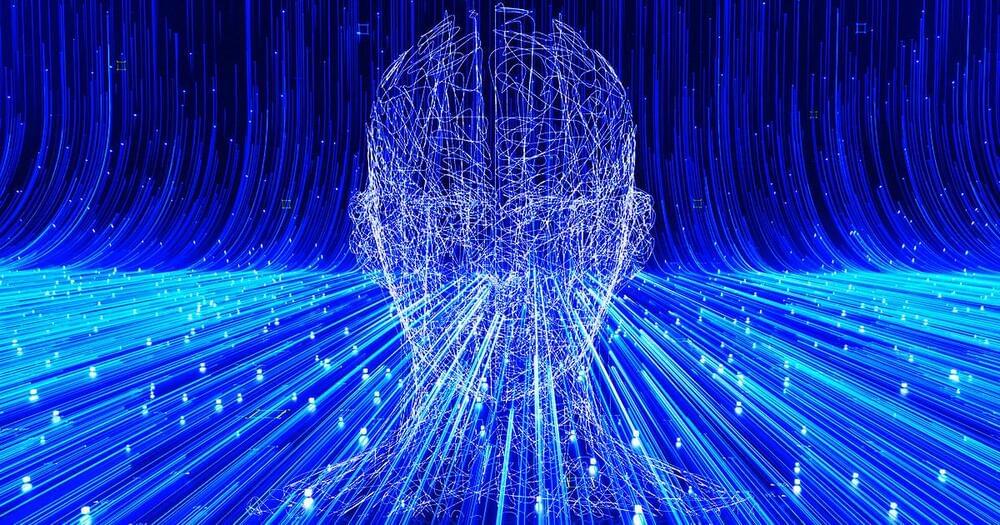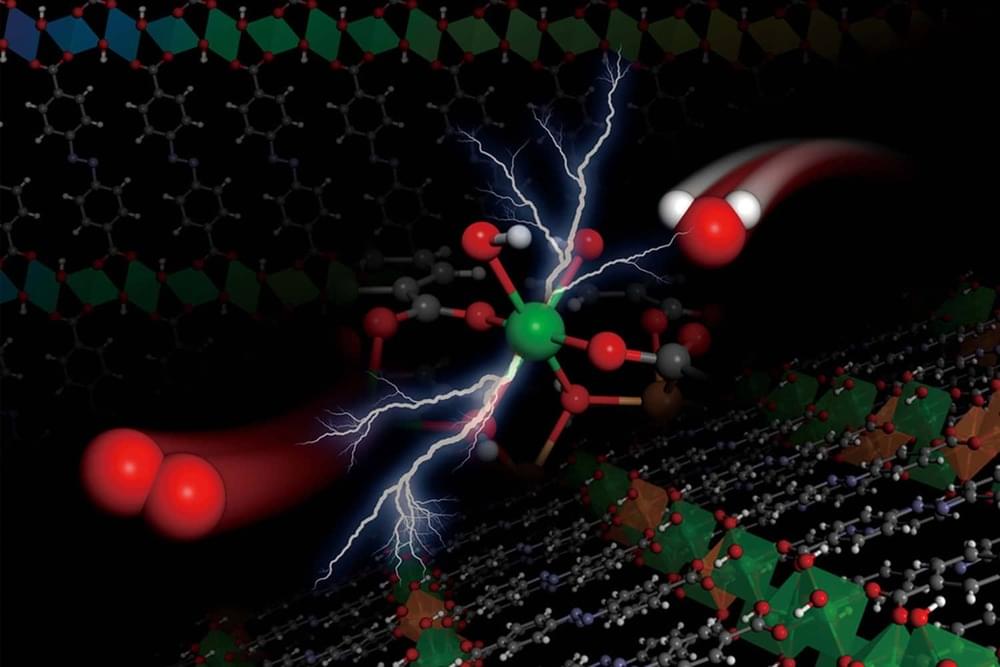Russia ramped up its cyberattacks on Ukraine prior to its physical invasion, potentially foreshadowing how future conflicts will play out.
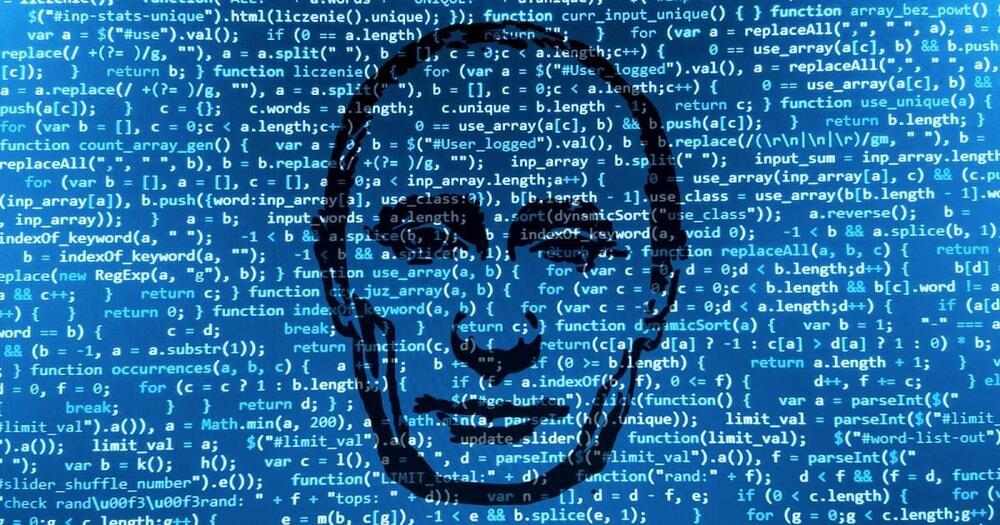

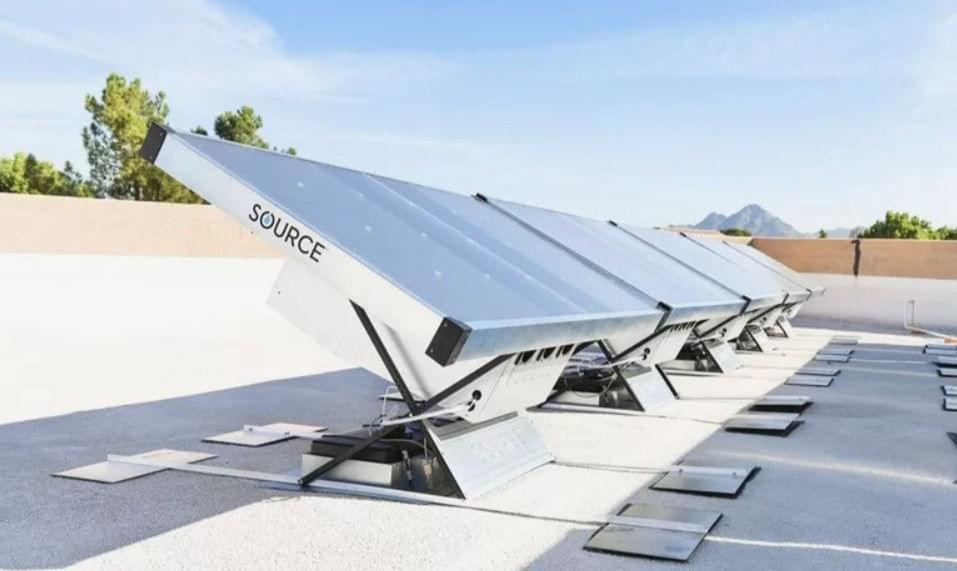
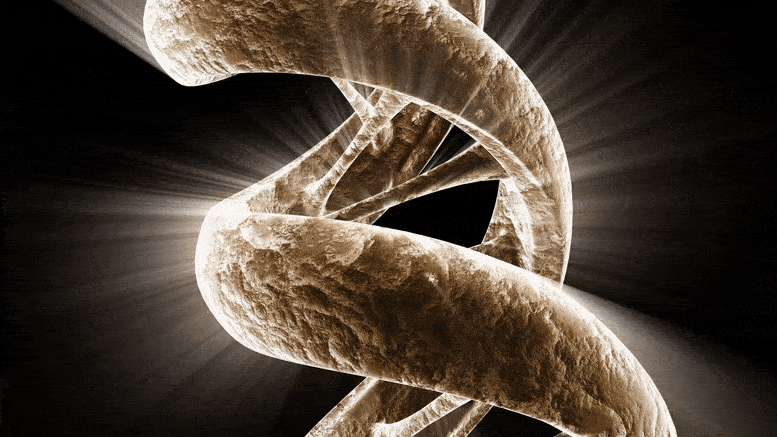
Epidemiological data have long linked depression with Alzheimer’s disease (AD), a neurodegenerative disease characterized by progressive dementia that affects nearly 6 million Americans. Now, a new study identifies common genetic factors in both depression and AD. Importantly, the researchers found that depression played a causal role in AD development, and those with worse depression experienced a faster decline in memory. The study appears in Biological Psychiatry, published by Elsevier.
Co-senior author Aliza Wingo, MD, of Emory University School of Medicine, Atlanta, USA, said of the work, “It raises the possibility that there are genes that contribute to both illnesses. While the shared genetic basis is small, the findings suggest a potential causal role of depression on dementia.”
The authors performed a genome-wide association study (GWAS), a technique that scans the entire genome for areas of commonality associated with particular conditions. The GWAS identified 28 brain proteins and 75 transcripts – the messages that encode proteins – that were associated with depression. Among those, 46 transcripts and 7 proteins were also associated with symptoms of AD. The data suggest a shared genetic basis for the two diseases, which may drive the increased risk for AD associated with depression.
MIT spin-off Quaise says it’s going to use hijacked fusion technology to drill the deepest holes in history, unlocking clean, virtually limitless, supercritical geothermal energy that can re-power fossil-fuelled power plants all over the world.

DoD announced today awards of $28.7 million in grants to 17 university-based faculty teams through the FY2021 Minerva Research Initiative to support research in social and behavioral science.
“We live in a dynamic world, and many of the challenges we face are social or have social elements to them,” said Dr. Bindu Nair, Director, Basic Research Office in the Office of the Undersecretary of Defense for Research and Engineering. “The knowledge and methodologies generated from Minerva awardees have improved DoD’s ability to define sources of present and future conflict with an eye toward better understanding the political trajectories of key regions of the world.”
This initiative supports basic research that focuses on topics of particular relevance to U.S. national security. Through its network of faculty investigators, the Minerva Research Initiative also strengthens the Department’s connections with the social science community and helps DoD better understand and prepare for future challenges, including National Defense Strategy priorities.

